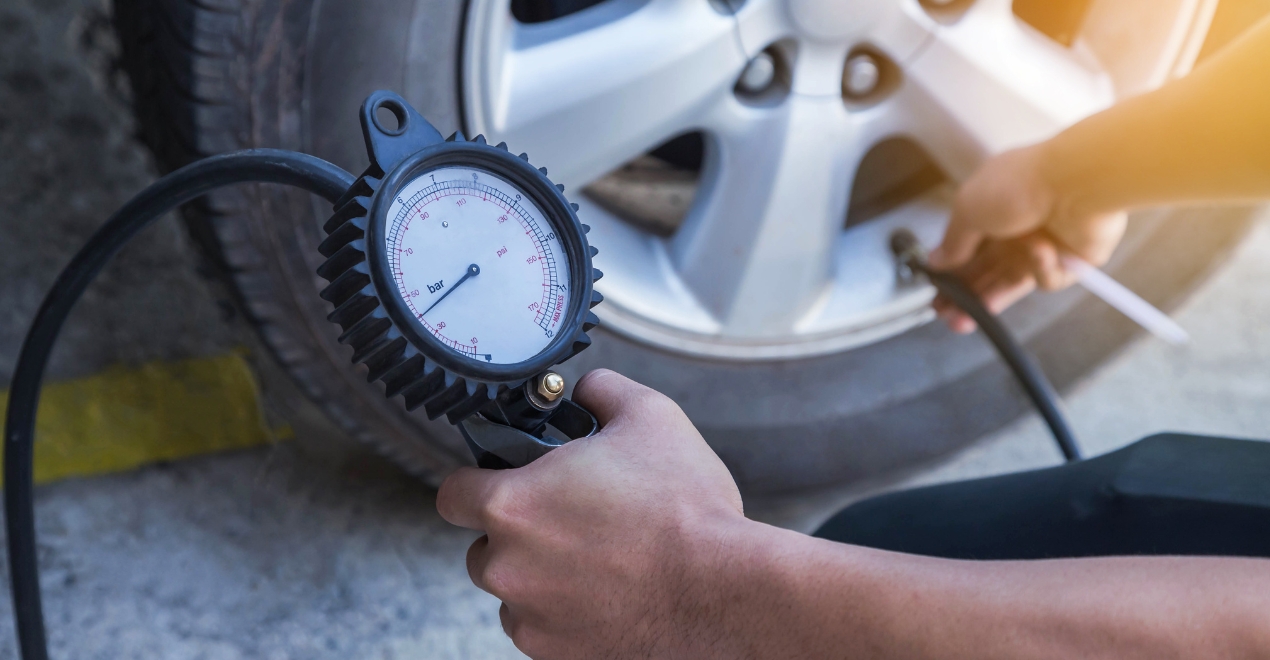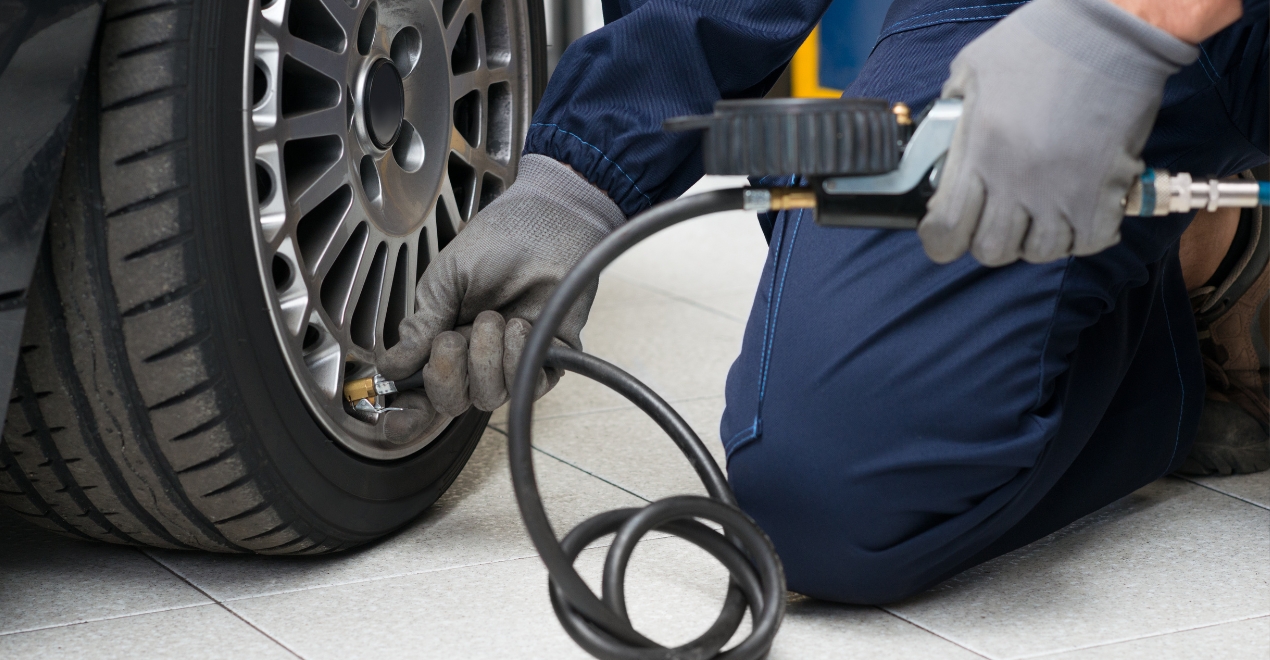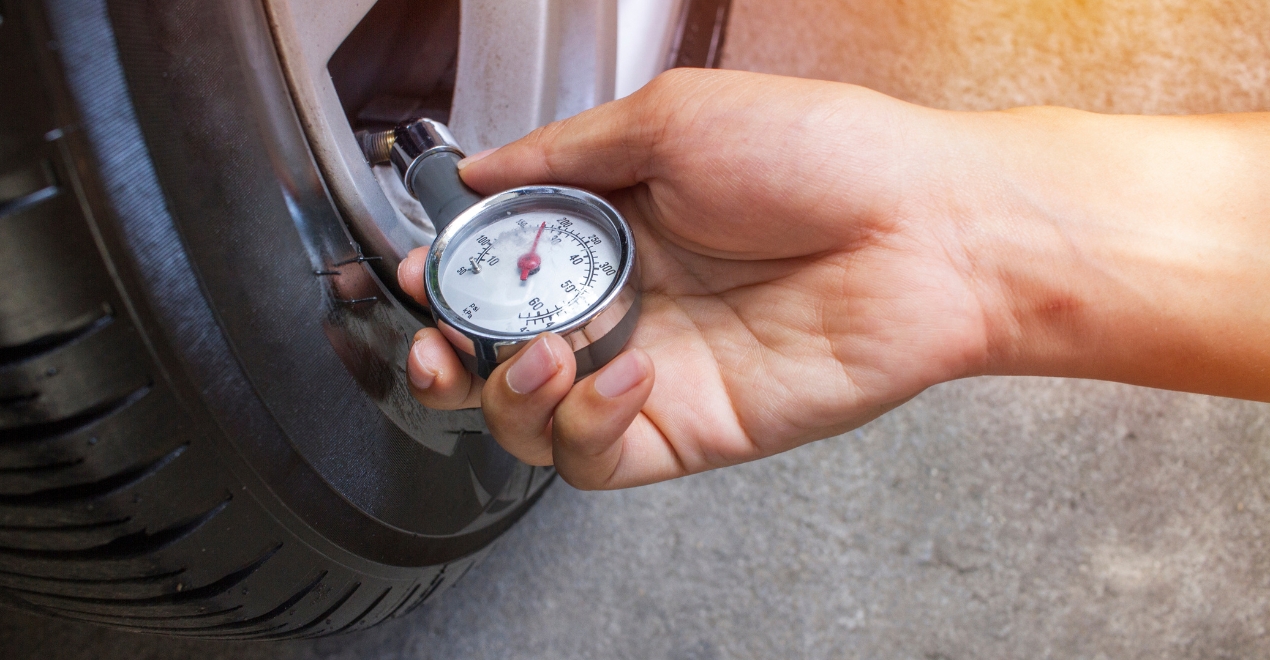Getting stuck off-road can be a frustrating and potentially dangerous experience. Whether you’re battling soft sand, thick mud, or loose gravel, sinking tires can quickly turn an adventurous outing into a recovery mission. One technique that can help in such situations is adjusting your tire pressure. This guide explores how lowering tire pressure can improve traction and facilitate your escape from a sticky situation. Ready to hit the road with confidence? Check your tire pressure today and keep those wheels turning smoothly! And remember, if you’re ever in need of quick car repair assistance, trust Crossroads Helpline to get you back on track.
Understanding the Science: How Lower Pressure Improves Traction

The effectiveness of tire pressure adjustment for off-road recovery hinges on the concept of contact patch. This refers to the area where the tire tread makes contact with the ground. When a tire is inflated to its recommended street pressure, the contact patch remains relatively small and concentrated. This is ideal for on-road driving, as it maximizes grip on hard surfaces like asphalt.
However, off-road scenarios demand a different approach. Soft terrains like sand, mud, and snow require a larger contact patch for better traction. By lowering tire pressure, you essentially increase the surface area of the tire that touches the ground. This larger footprint allows the tire to “dig” into the loose material, creating more grip and preventing the tire from sinking further. Think of it like spreading your weight out over a larger area when walking through soft snow – the lower pressure helps distribute your weight and prevents you from sinking in as deeply.
Lowering Tire Pressure for Different Terrains: A Breakdown
While the principle of increasing contact patch remains the same, the optimal tire pressure for off-road recovery can vary depending on the specific terrain you’re navigating:
- Sand: Sand poses a unique challenge due to its loose and shifting nature. For sand driving, significantly lower tire pressures between 12-15 psi (pounds per square inch) are recommended. This substantial decrease in pressure creates a large, “floatation effect” that helps the tire stay on top of the sand instead of sinking in. Remember, the key is to maximize surface area for better grip.
- Mud: Mud presents a different challenge – its sticky consistency can easily trap tires, hindering any escape attempt. For mud, a moderate decrease in pressure to around 15-20 psi is often recommended. This allows the tire to “bite” into the mud surface for some traction while maintaining enough firmness to avoid excessive tire wall flex.
- Snow: Similar to sand, snow requires a larger contact patch for optimal traction. Lowering tire pressure to around 12-15 psi can help the tire “float” on top of the snow and prevent it from digging in.
Important Note: These are just general recommendations. The ideal pressure for your specific situation can depend on factors like tire size, vehicle weight, and the severity of the terrain. Consulting a dedicated off-roading guide or experienced off-roader for terrain-specific recommendations is always advisable.
Safety Precautions and Additional Tips

While lowering tire pressure can be an effective off-road recovery technique, it’s crucial to prioritize safety and follow these precautions:
- Deflate Gradually: Don’t let out all the air at once. Start by lowering the pressure in small increments (2-3 psi at a time) and reassess the situation after each deflation.
- Use a Reliable Pressure Gauge: An accurate pressure gauge is essential to ensure you don’t over-deflate your tires.
- Don’t Drive on Deflated Tires for Long Distances: Driving on significantly deflated tires can generate excessive heat, damage the tire sidewalls, and compromise handling. Once you’ve freed yourself from the sticky situation, reinflate your tires to the recommended street pressure as soon as possible.
- Carry a Portable Air Compressor: Having a portable air compressor in your off-roading kit allows you to reinflate your tires once you’re back on solid ground.
- Consider Off-Road Tires: Investing in dedicated off-road tires with more aggressive treads can significantly improve traction in challenging terrains, potentially reducing the need for significant pressure adjustments.
- Off-Roading with a Buddy System: Always venture off-road with another vehicle in case you get stuck and need assistance.
- All-Around Deflation (Continued): …haven’t reinflated the tires before returning to paved roads.
- Staggered Deflation: This method involves lowering the pressure in the tires that are stuck while maintaining the recommended pressure in the unstuck tires. For example, if you’re stuck in sand with the front wheels digging in, you would deflate just the front tires. This approach offers a balance between improved traction for the stuck wheels and maintaining some control for steering with the inflated rear tires.
Important Note: Staggered deflation can put additional stress on the drivetrain, so it’s recommended for short-distance recovery only. Reinflate all tires to the recommended pressure as soon as possible.
If lowering tire pressure isn’t enough to free your vehicle, here are some alternative recovery methods to consider:
- Using Traction Mats: Traction mats, also known as recovery boards, provide a solid surface for your tires to grip onto. Place the mats underneath the stuck tires and slowly accelerate to gain traction and move out of the obstacle.
- Shoveling: In some situations, manually removing sand, mud, or snow around the stuck tires can create a firmer surface for them to grip onto.
- Winching: If you have a winch and a suitable anchor point, you can use it to winch your vehicle out of the obstacle. However, winching should only be attempted if done safely and with proper knowledge of winching techniques.
Remember, the best approach to off-road recovery often involves a combination of techniques. Lowering tire pressure can be a valuable tool, but it’s important to use it cautiously, in conjunction with other recovery methods if necessary, and prioritize safety throughout the process.
Conclusion
By understanding the principles behind tire pressure adjustment and implementing the techniques outlined in this guide, you can increase your chances of successfully navigating challenging off-road situations. However, preparation is key. Always ensure your vehicle is properly equipped for off-roading, research the terrain you’ll be encountering, and never venture off-road alone. With proper knowledge, caution, and a healthy respect for the power of nature, off-roading can be a thrilling and rewarding experience. So, adjust your tire pressure wisely, drive smart, and enjoy the ride!


